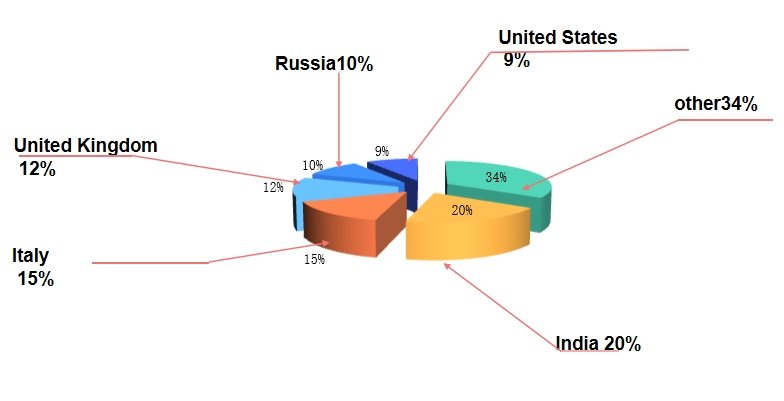In recent years, the display industry has witnessed a groundbreaking shift with the rise of flexible displays. Once seen only in futuristic prototypes, they are now commercially available across smartphones, wearables, automotive dashboards, and even industrial applications. While this innovation opens exciting opportunities, it also raises an important question for the B2B manufacturing sector: How is the rise of flexible displays impacting the LCD industry?
For decades, LCD technology dominated due to its affordability, durability, and mass production scalability. But now, flexible OLED panels and other bendable display technologies are challenging its position, influencing both market demand and manufacturing strategies.
Flexible displays—primarily based on OLED (Organic Light-Emitting Diode) technology—offer unique characteristics that rigid LCDs cannot match:
However, LCD panels still retain advantages:
These trade-offs mean flexible displays are not an immediate replacement for LCDs in all sectors, especially where cost sensitivity, size customization, and durability remain critical.

According to recent market data, the flexible display market is projected to grow at over 34% CAGR in the next five years, led by consumer electronics and automotive integration. Premium devices such as foldable smartphones and luxury wearables are pushing panel makers to invest heavily in flexible OLED production lines.
Rather than viewing flexible displays as a complete threat, many LCD manufacturers are diversifying:
From a B2B manufacturing standpoint, LCD still holds a strong position due to flexible OEM/ODM customization options:
For industrial applications—like medical devices, factory automation, POS systems, and transportation displays—these factors can outweigh the aesthetic advantages of flexible panels.

Case Example:
A European medical equipment manufacturer recently evaluated upgrading their LCD-based portable diagnostic device to a flexible OLED display for aesthetic appeal. After testing, they discovered:
The result? They opted for a customized high-brightness LCD with anti-glare coating, integrating capacitive touch and branded silk printing—achieving a modernized look without sacrificing cost-efficiency.
While flexible displays will continue to expand in consumer markets, LCD technology will maintain relevance in industrial and cost-sensitive applications. The future is likely a hybrid display ecosystem, where:
Q1: Will flexible displays completely replace LCDs?
Not in the near future. LCD remains cost-effective, durable, and well-suited for many B2B applications.
Q2: Are flexible displays more durable?
They can withstand bending but may have shorter lifespans in high-brightness, continuous-use environments.
Q3: Can LCD panels be customized as easily as flexible OLEDs?
Yes. LCDs offer extensive OEM/ODM customization options, often at lower MOQs and faster lead times.
The rise of flexible displays is reshaping the LCD industry—pushing manufacturers to innovate, specialize, and diversify. For the B2B display market, the winning strategy lies in leveraging LCD’s customization potential while monitoring the evolving opportunities in flexible OLED adoption.
Businesses that embrace both technologies strategically will be best positioned to serve a dynamic and demanding global market.
Get in touch
Email us: sales@flyluckylcd.com
5th Floor, Building C3, Zhongjia Creative Park, No. 65, Donghuan 2nd Road, Fukang Community, Longhua Street, Longhua District, Shenzhen. 518109
We will contact you within 1 working day, please pay attention to the email with the suffix “sales@flyluckylcd.com”.